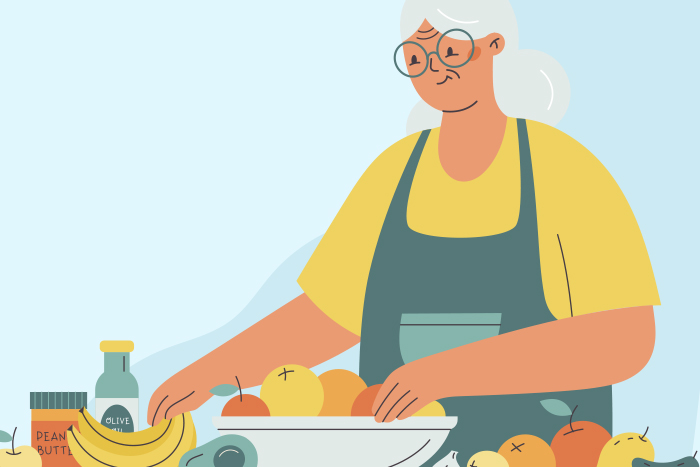How Your Diet Affects Blood Pressure
What you eat plays a big role in controlling your blood pressure. But with so much nutrition advice out there, it can be hard to know where to start. The good news is that making a few simple food choices can help protect your heart and keep your blood pressure in check.
One of the best ways to eat for heart health is by following the DASH diet. DASH stands for Dietary Approaches to Stop Hypertension. This eating plan is backed by research and has been proven to lower blood pressure by focusing on nutrient-rich foods and cutting back on sodium.
The DASH Diet: A Simple Guide
The DASH diet is all about balance. It encourages eating foods rich in potassium, magnesium, and fiber, which help regulate blood pressure. Here’s what a typical day on the DASH diet looks like:
Fruits and Vegetables (4-5 servings each per day)
Examples: Bananas, oranges, apples, berries, grapes, spinach, carrots, bell peppers, broccoli, tomatoes
Whole Grains (6-8 servings per day)
Examples: Brown rice, whole wheat bread, oatmeal, quinoa, barley, whole grain pasta
Lean Proteins (2 or fewer servings of meat, poultry, or fish per day)
Examples: Skinless chicken, turkey, salmon, tuna, lean beef, tofu, eggs
Low-Fat Dairy (2-3 servings per day)
Examples: Skim milk, yogurt, reduced-fat cheese, cottage cheese
Nuts, Seeds, and Legumes (4-5 servings per week)
Examples: Almonds, walnuts, cashews, flaxseeds, sunflower seeds, lentils, black beans, chickpeas
Healthy Fats (2-3 servings per day)
Examples: Olive oil, avocados, unsalted nuts, fatty fish like salmon and mackerel
Limited Sweets and Sodium
Aim for less than 2,300 mg of sodium per day (about one teaspoon of salt) and limit added sugars.
How Too Much Salt Raises Blood Pressure
Salt is a major culprit in high blood pressure. When you eat too much sodium, your body holds onto extra water to balance it out. This extra fluid increases blood volume, putting pressure on your arteries and making your heart work harder. Over time, high sodium intake can lead to serious health issues like stroke, heart attack, and kidney disease.
Tips to Cut Back on Salt:
Read Labels: Look for foods labeled "low sodium" or "no added salt."
Use Herbs and Spices: Try garlic, lemon juice, basil, and oregano instead of salt for flavor.
Limit Processed Foods: Packaged and canned foods often contain hidden sodium.
Cook at Home: Preparing meals yourself gives you full control over salt levels.
Rinse Canned Goods: Rinsing canned beans and vegetables can remove excess salt.
Easy, Low-Cost Food for a Healthier Heart
You don’t need an expensive grocery bill to follow the DASH diet. Here are some budget-friendly replacements to improve your heart health:
Replace white bread for whole wheat bread
Replace salted nuts for unsalted almonds or walnuts
Replace processed snacks (chips, pretzels) for carrot sticks or air-popped popcorn
Replace butter for olive oil or avocado spread
Replace canned soups (high in sodium) for homemade vegetable soup with herbs
Replace red meat for beans, lentils, or grilled fish
These simple swaps help reduce sodium and unhealthy fats while boosting your intake of heart-friendly nutrients.
Small Steps, Big Benefits: Simple Ways to Improve Your Heart Health
Lowering your blood pressure doesn’t have to be complicated. Small changes in your diet, like eating more fruits and vegetables and cutting back on salt, can have a big impact on your health.
Start with just one or two food swaps, and build from there. Your heart will thank you!
Sources:
National Institute on Aging: Healthy eating, nutrition, and diet
Mayo Clinic: DASH Diet
National Heart, Lung, and Blood Institute: DASH Eating Plan

